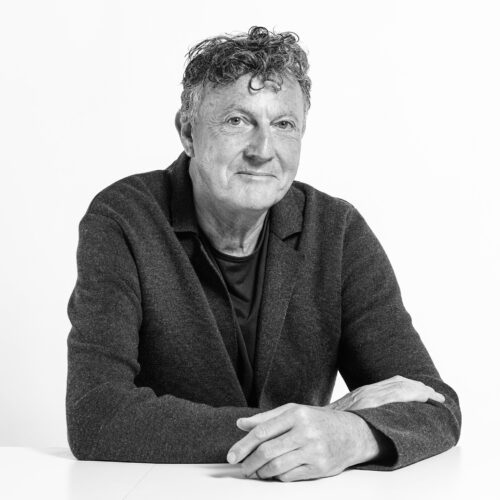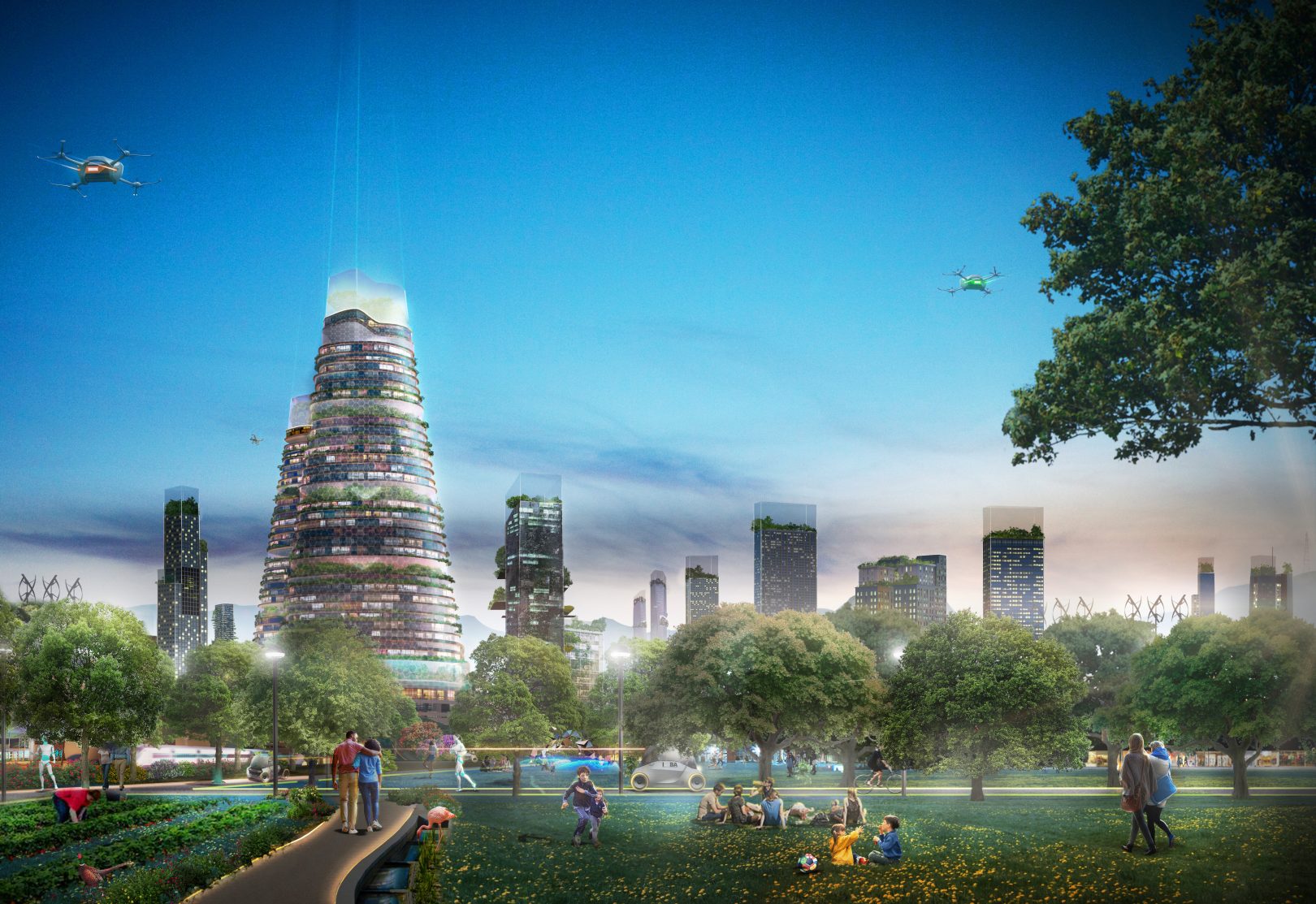Architects are vital to the climate change debate. Emissions from buildings account for 40% of total UK greenhouse gases, so this is one of the professions biggest challenges. We need, however, the political nudge to ensure our clients move in the right direction and we can help this also. The RIBA in June passed a resolution to declare a climate change emergency and act across all aspects of the Institute including heating, travel, menus (less meat more plant based) and our advocacy to ensure RIBA members act equally responsibly.
True we have as a race, and probably as a profession, been complicit in huge mistakes. Our reliance on air conditioned environments, on the motor car, on concrete structures, on plastics, were poor choices, but they were not malicious choices. And like smoking, once we realised the harm it was doing to ourselves, and others we have begun to modify our behaviour.
My own practice Weston Williamson + Partners specialises in transport infrastructure. Transport is responsible for 27% of greenhouse gas emissions and we are passionate about encouraging travellers from their cars onto safe, efficient beautifully designed and integrated public transport. The creation of civilised cities is our mission and we see public transport and transport related development key to this. London has led the way in gradually increasing the price of driving into the centre of the city and investing in great public transport. We believe that this encourages social cohesion in a diverse society. If you travel alongside people of different race, religion and background it is likely to lead to greater tolerance and a realisation that everyone is going about their lives together. So my talk started with this optimistic vision of intent and then illustrated where this might land by looking at the technological innovations which are likely to shape the way we move between and around our cities.
I think the greatest effect on our cities will be how we move around them and between them. Economist Paul Buchanan explains that we have traditionally travelled for around one hour to get to work. This would have been true in AD16 and it is now. The workers of Rome might have walked or ridden to the fields, construction site or port for an hour to their employment each day. With modern travel, that hour covers a greater distance and, when the first phase of HS2 is completed in 2025, the young architects of our office might travel from
affordable accommodation south of Birmingham to the office in London and take advantage of connectivity throughout the journey. Connectivity will continue to be a blessing and a curse. The need, or expectation, to be continually connected and constantly available is a pressure. Weston Williamson + Partners has recently drawn up a scheme for a Hyperloop (a vacuum tube with a maglev train travelling at 1,000km per hour between Melbourne, Sydney and Brisbane), which will change the way people commute and choose to live in the east of Australia.

The need to combat climate change will be a spur to these advances. If we want to move people out of planes and cars we have to make public alternatives much better; more reliable, more comfortable. Or perhaps the need for continual connectivity might render travelling speed secondary to speed of communication. If we can stay in touch, will we need to travel so much? The timescale for large infrastructure projects such as HS2 is so long that there is a real danger that new technologies will render them obsolete before they are completed. There is a distinct possibility that automated vehicles could take customers away from HS2, for example. People may choose to relax at a slower speed if they can sleep or work on a door-to door journey.
It is for this reason that high- level discussions are taking place between google, Uber and others in the forefront of these new technologies to involve them in HS2 and ensure that ‘HS2 is future-proofed, adding expertise on everything from booking tickets to on-board retail.’ – The Sunday Times, 19 February 2017.
It is quite possible that there will be less emphasis on speed. If we can be connected to the office and others at all times, comfort and convenience would be preferable. Perhaps a slow safe solar-powered airship taking three days to fly from London to Sydney would be preferable to a cramped uncomfortable faster jet burning fossil fuel and contributing to climate change.
There are other exciting possibilities. London is being transformed by commitment to good public transport and will continue to attract overseas investment as world cities compete against each other for the same pot of money. Even vertical movement is on the agenda, with ThyssenKrupp Elevator developing personal transportation from underground metro-platform level to designated locations in surrounding towers, moving both horizontally and vertically. This technology could transform the way we move around tall buildings as much as driverless cars will change the physical environment of our cities. In addition to the research work with ThyssenKrupp, Weston Williamson + Partners is conducting a research project to design and promote a new green city based on high- speed rail- a high–rise version of a true garden city; a civilised city.
“Those who at any point over the past thirty or so years followed the discourse on the design of the contemporary city cannot help but be led to the conclusion that the architect’s last hope by which to shape and discipline an increasingly unruly and uncontrollable metropolitan condition is through its networks of infrastructure”. Roger Sherman, associate professor and co-director of cityLAB UCLA, 2014.
As well as being more involved in infrastructure which will continue to shape our cities, the architects’ role will adapt in response to new construction technologies. This could result in the architect regaining the role of the master builder.
This optimistic scenario is down to the ownership of the BIM model. If the architect inputs and controls all the design data then, using technology, the architect would be able to control the costing information, the specification, the programme and the construction. And inputting all the information for future building maintenance and construction could be carried out without any human interaction. GPS controlled diggers and cranes, AI, robots, drones, and 3D printers would manufacture, deliver and assemble components without human hands. All under the direction of the master builders, the architect. A tour round some of the research facilities at some of our leading universities shows that this thinking is not entirely fanciful.
Our professional institute needs to work towards this scenario and encourage all architects to acquire the necessary skills to achieve this new reality. Focused and obligatory CPDs will help along with the political will to make it happen.
The RIBA has a goal to become a global membership institute in order to help solve these global issues. I believe the best way to do this is to become a worldwide community of modern highly educated professionals undertaking lifelong learning online as part of conditions of continued membership. That will ensure the future of architects as it will demonstrate our worth to clients, colleagues and politicians and thereby increase our influence on all future trends. As Abraham Lincoln said “The best way to predict the future is to create it”.

